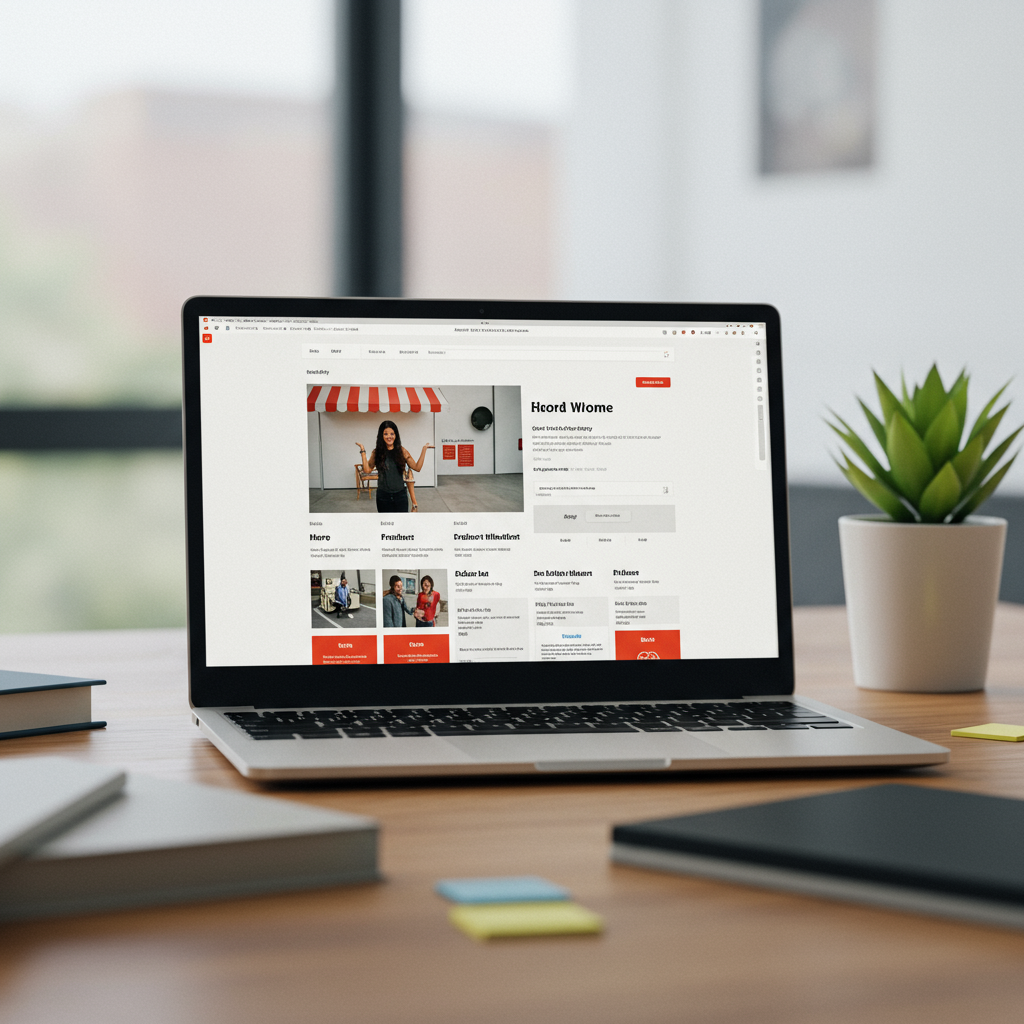Unlock the secrets to a high-converting, future-proof homepage that captivates customers and drives sales in the evolving e-commerce landscape.
As a Shopify merchant, you know your online store’s homepage is more than just a digital storefront; it’s your brand’s first impression, your virtual handshake with potential customers.
In the rapidly evolving e-commerce landscape, staying ahead means constantly refining your approach, especially as we look towards 2025.
The design choices you make today for your Shopify homepage will significantly impact your conversion rates, customer engagement, and ultimately, your bottom line tomorrow.
I’ve spent countless hours analyzing trends and best practices, and I’m excited to share my insights on how to craft a compelling and high-performing Shopify homepage for the year 2025.
My goal is to equip you with actionable tips that will not only make your store look fantastic but also function as a powerful sales engine.
One of the biggest shifts we anticipate is the deeper integration of AI-driven personalization. Your homepage should dynamically adapt to individual visitor behavior.
This means showcasing products they’ve viewed, recommending related items, or even tailoring promotional banners based on their browsing history and demographics.
Leveraging Shopify apps that offer AI-powered recommendations will be crucial for creating a truly unique and engaging experience for every visitor.
Static images are becoming a thing of the past. Customers in 2025 will expect more immersive ways to interact with products.
Consider integrating 3D models, augmented reality (AR) previews (especially for fashion, furniture, or home goods), and high-quality product videos directly on your homepage.
A captivating hero video showcasing your brand story or product in action can instantly grab attention and convey value far more effectively than text alone.
Consumers are increasingly conscious of a brand’s values. Your homepage is the perfect place to subtly highlight your commitment to sustainability, ethical sourcing, or community involvement.
This could be through a dedicated section, trust badges, or even a small banner that links to your ‘About Us’ or ‘Sustainability’ page. Authenticity here is key.
This isn’t new, but its importance will only intensify. A significant portion of your traffic will come from mobile devices, so your homepage *must* be flawlessly responsive and incredibly fast.
Google’s Core Web Vitals will continue to be a critical ranking factor, meaning slow loading times will not only frustrate users but also penalize your search visibility.
I recommend regularly testing your site’s speed using tools like Google PageSpeed Insights and optimizing images, scripts, and themes to ensure lightning-fast performance.
The hero section is the first thing visitors see. It needs to be visually stunning, clearly communicate your unique selling proposition (USP), and include a compelling call-to-action (CTA).
Use high-resolution imagery or video, concise headline text, and a prominent button that guides visitors to your main product categories or a specific promotion.
An intuitive and easy-to-find navigation menu is non-negotiable. Customers should be able to quickly locate product categories, search functionality, and essential pages like ‘Contact Us’ or ‘FAQ.’
Showcase your best-sellers, new arrivals, or seasonal collections directly on the homepage. Use attractive product photography and clear pricing.
Build trust by displaying customer testimonials, star ratings, or links to your social media presence. People trust what others say about your brand more than what you say yourself.
Every section of your homepage should ideally have a clear purpose and a corresponding CTA. Whether it’s ‘Shop Now,’ ‘Learn More,’ or ‘Sign Up,’ guide your visitors.
If you have a blog, feature your latest articles or popular posts. This not only provides valuable content but also helps with SEO and positions you as an authority in your niche.
Make it easy for customers to find support. Prominently display links to your contact page, FAQ, shipping information, and any trust badges (e.g., secure payment, money-back guarantee).
Don’t just set it and forget it. Continuously test different versions of your homepage elements – headlines, images, CTAs, layouts – to see what resonates best with your audience.
Small tweaks based on data can lead to significant improvements in conversion rates over time.
Ensure your homepage is accessible to everyone, including users with disabilities. This means using proper alt text for images, sufficient color contrast, and keyboard navigation.
It’s not just good practice; it’s becoming increasingly important for legal compliance and expanding your potential customer base.
While design is key, don’t forget the underlying SEO. Use relevant keywords in your homepage text, optimize image file names, and ensure your site structure is crawlable by search engines.
A well-designed homepage that also ranks well is a powerful combination.
Designing a Shopify homepage for 2025 is an ongoing journey, not a one-time task. It requires a blend of aesthetic appeal, technical optimization, and a deep understanding of evolving customer expectations.
By focusing on personalization, immersive experiences, mobile performance, and clear communication, you’ll be well-positioned to capture attention and drive sales in the coming years.
Remember, your homepage is your most valuable digital real estate. Invest in it wisely, and it will pay dividends.
What do you think about this article? I’d love to hear your thoughts and any strategies you’re planning to implement for your own Shopify store.






